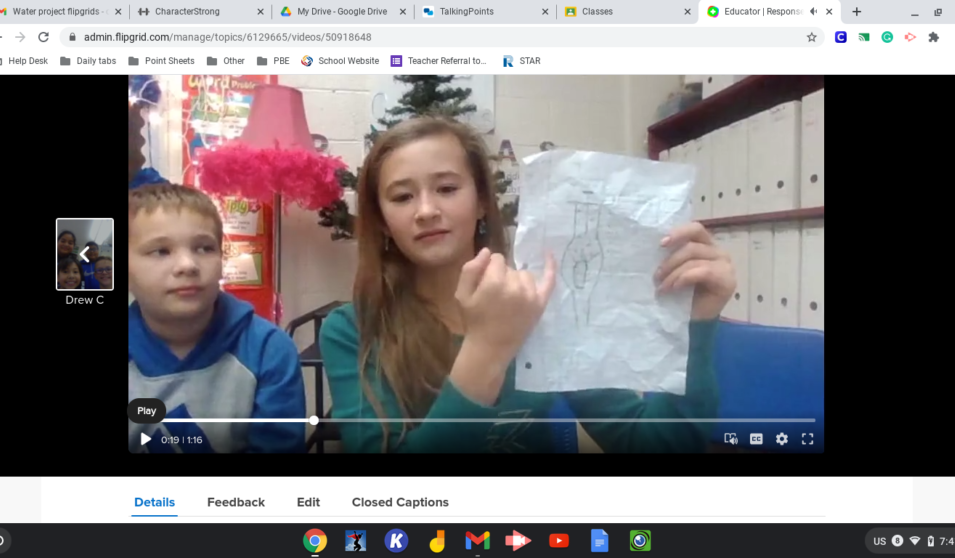Check out this schematic of this place-based project by 2019-20 Grants in Place Fellow, Teresa Nelson, done in conjunction with the Teton Science Schools Place Network. Learn about this project by working through this Place-Based Unit Template. This Community Impact Project is titled:
Drainage PSA: How do we improve our current community drainage systems?
Understanding: What is the one thing you want your students to walk away with?
Statements summarizing important ideas that are central to the topic of study, connected to place, and have lasting value beyond the classroom.
- Students will be able to analyze data from surveys to determine possible solutions to current problems (MS-EST1-3)
- Students will be able to design criteria and constraints of a design problem to ensure a successful solution (MS-EST1-1)
- Students will evaluate competing design solutions using a systematic process (MS-EST1-2)
Driving Question:
Open-ended; does not have a single, final, and correct answer. Higher-order thinking: analysis, inference, evaluation, prediction, and creation. Prompts interest and engagement: so learners see relevance. Steers them towards taking action in their communities.
How might we...
Evaluate and create real-life solutions to local drainage problems in our area?
Assessment:
How will students demonstrate that they have mastered the Enduring Understanding? Connect to benchmarks and standards.
- Created paper drainage system solutions
- Students will be able to explain, in detail, how their solution works
and why.
- Communicate clearly to a panel of adults their given solutions to
the drainage problems in our area
Learning Experiences:
How will Inquiry and Design Thinking guide the learner through each stage of their Community Impact Project? How will the elements of place-based education be incorporated?
1. Inquiry to engage learners in learning more about community need, importance of a Community Impact Project, and equity-centered design
2. Benchmark: Define stage of the Design Thinking Process for a Community Impact Project
3. Inquiry and learning experiences that inspire learners to generate a wide diversity of ideas for their Community Impact Project
4. Benchmark: Generate and Evaluate stages of the Design Thinking Process
5. Create and Evaluate stages of the Design Thinking Process (additional Inquiry and learning experiences as necessary)
Congratulations to Teresa Nelson and her class on completing this place-based project!
Grants in Place is one of the Rural Schools Collaborative's signature programs, funding projects that connect rural classrooms to their communities.
We have two Grants in Place Programs:
1. The Fellows Program, selecting Fellows from each of our Hub Regions, funded by Celia and Mark Godsil
2. The National Signature Project Award, selecting one project annually to highlight, funded in part with the National Rural Education Association.
Stay connected with us via social media to find out about when the next grant application cycle will begin!

